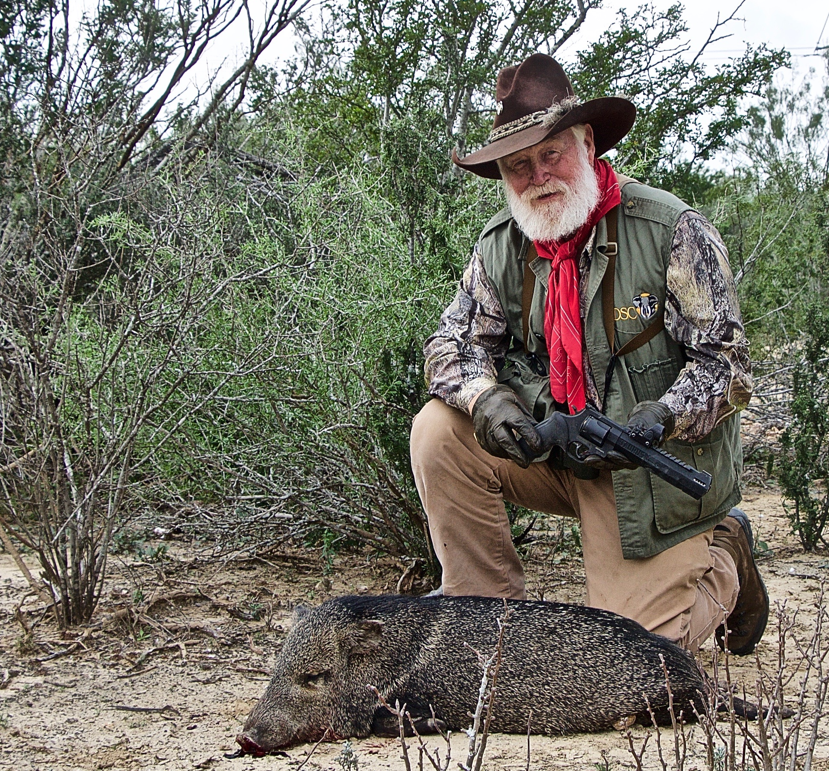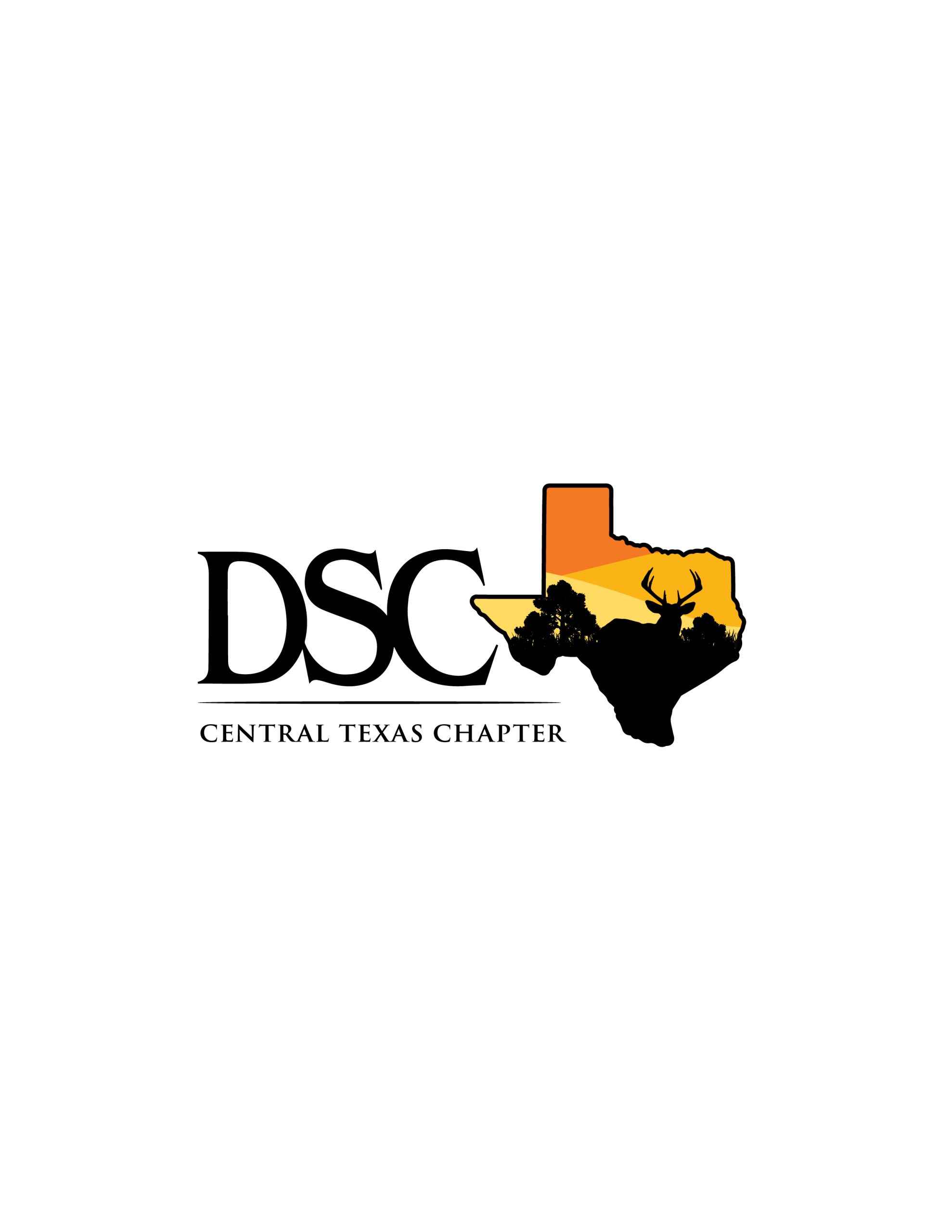Secretary of the Interior David Bernhardt crossed the 100-day mark in July, providing this message of perspective and accomplishment.
Colleagues,
It has been 100 days since I sent you my initial message as Secretary of the Interior, and I thought it would be useful to share my perspective on the activities during this timeframe.
Before doing so, I want to extend my sincerest appreciation and gratitude to many of you whom I have met and visited with over the past 100 days. I am continually impressed with the employees working at the Department of the Interior (Department), and I have learned a great deal through our interactions. I appreciate the suggestions I have received throughout my travels to local, district, and regional offices to improve our operations, as well as the submissions to the ideas box. I have initiated and modified several actions based upon your ideas, so please continue to reach out to me and submit ideas and suggestions to the ideas box at: ideas@ios.doi.gov.
You may recall from my initial message in mid-April 2019 that I outlined priorities the Department and its Bureaus are committed to advancing. I am pleased with what we have been able to accomplish and the pace at which we have executed these initiatives. I expressed that we must find ways to place more resources, decision-making authority and accountability closer to the front lines of the organization. We have taken several steps that I believe do that.
• The National Park Service (NPS) is discontinuing an internal management practice, which has generally limited the expenditure of Federal Lands Recreation Enhancement Act (FLREA) funds from being used to pay for permanent employees. The new approach for NPS empowers its park superintendents to use these funds to hire permanent staff engaged in FLREA-related work—a development that will improve, in the spirit of FLREA, visitors’ experiences at our national parks across the country.
• After seeking guidance from the career Senior Executive Service Regional Facilitators for the 12 Unified Regions, we have continued to implement the institutionalization of the unified regional management initiative by establishing the template for Special Field Assistants and establishing Field Committees for each Unified Region.
• We announced our intention to realign BLM by establishing its headquarters in Grand Junction, Colorado and pushing resources closer to the field.
The Department is also focused on advancing the President’s deregulatory agenda.
• In May 2019, the Bureau of Safety and Environmental Enforcement (BSEE) finalized improved blowout preventer and well control regulations. These changes will, among other improvements, clarify requirements for rig movement reporting and, for certain submittals to BSEE, streamline monitoring and testing processes to ensure that they are not duplicative or extraneous. The regulations also maintain rigorous environmental standards.
• The Bureau of Reclamation announced a new categorical exclusion and an update of its operating manual procedures to streamline the title transfer process.
• Announced in June 2019, the U.S. Fish and Wildlife Service’s (FWS) proposed 2019-2020 Hunt-Fish Rule (Rule) removes or revises an additional 5,000 regulations that are redundant, complicated, unaligned to state regulations, inconsistent across refuges in the FWS or overly burdensome. This Rule will be final by the end of the summer.
• Increasing accountability and transparency, the Department entered into an agreement with the Department of Health and Human Services (HHS) to modernize the Department’s financial assistance programs through the HHS’s GrantSolutions platform.
• The BLM released the Draft Programmatic Environmental Impact Statement (EIS) for Fuel Breaks in the Great Basin for a 45-day public comment period. This Draft Programmatic EIS analyzes a system of up to 11,000 miles of strategically placed fuel breaks to control wildfires within a 223 million-acre area that includes portions of Idaho, Oregon, Washington, California, Nevada and Utah.
Each of these approaches embodies the President’s goals of common sense regulatory reform and streamlining Government processes.
We have also been working to expand public access opportunities on Interior-managed lands.
• The BLM released a series of interactive online maps designed to promote climbing and other recreational opportunities on BLM-managed public lands. The maps allow individuals to easily plan climbing experiences—a favorite pastime in my hometown of Rifle, Colorado—at sites all across the West.
• Our proposed 2019-2020 Hunt-Fish Rule expands hunting and fishing opportunities at 74 national wildlife refuges and 15 national fish hatcheries, managed by FWS across more than 1.4 million acres. These refuges and hatcheries provide incredible opportunities for sportsmen and sportswomen and their families across the country to pass on a fishing and hunting heritage to future generations and to connect with wildlife. On a related note, FWS has also permanently hired 10 hunt and fish chiefs.
• On May 28 2019, we unveiled a proposal to open access to thousands of acres near Montana’s iconic Lower Blackfoot River. Acquiring these lands dramatically increases access to public lands available for recreational activities such as fishing, hiking, hunting, mountain biking, and snowmobiling.
• We awarded $2.1 million in grants to State and local partners in Colorado, Montana, Nevada, Utah, Washington, and Wyoming for habitat conservation activities in big game migration corridors and winter range for elk, mule deer, and antelope. Matched through a public-private partnership, the grants are expected to have a total conservation impact of more than $10.7 million.
• We committed more than $106.8 million to support 47 public lands projects throughout the Nevada and California sides of the Lake Tahoe Basin. These projects, which encompass a broad range of recreation improvements, wildlife habitat conservation, and hazardous fuels reduction and wildfire prevention projects, are funded through the sale of public lands under the Southern Nevada Public Land Management Act.
Consistent with our commitment to improve our national parks and address deferred maintenance issues, I was honored to be joined by Vice President Pence at Yellowstone on June 13, 2019, to affirm this administration’s call for bipartisan legislation to fix our crumbling infrastructure. We will continue to pursue common sense policies that ensure our much-needed deferred maintenance projects are addressed as soon as possible.
Following the Department’s nomination, I also commended the decision by the World Heritage Committee to inscribe a group of eight buildings designed by American architect Frank Lloyd Wright as a World Heritage Site during its 43rd session in Baku, Azerbaijan.
We have made progress in consulting with and facilitating self-determination for Tribes, Alaska Native communities, and U.S. territories.
• In June 2019, the Department held a roundtable listening session with Tribal partners, to address public safety issues confronting Indian Country. Deputy Chief of Staff Kate MacGregor, exercising the authority of Deputy Secretary, and Assistant Secretary-Indian Affairs Tara Sweeney were joined by stakeholders from Indian Country in a discussion that focused on developing a comprehensive approach to concentrate on cold cases, violent crimes, and missing and murdered American Indians and Alaska Natives.
• The Department’s law enforcement officers at the Bureau of Indian Affairs Office of Justice Services have been acting upon the administration’s commitment to combat the scourge of opioid trafficking. The efforts, led by the Department’s Opioid Reduction Task Force, with help from BLM, FWS, NPS, U.S. Park Police, Customs and Border Protection, the Federal Bureau of Investigation, and Drug Enforcement Administration have resulted in the seizure of more than 3,200 pounds of illegal narcotics.
• Last week, Assistant Secretary Tara Sweeney and Gila River Indian Community (Community) Governor Stephen Lewis signed a lease for the Gila Crossing Community School, the Community’s Bureau of Indian Education K-8 school located in District 6 of the reservation. An innovative partnership between the Department and the Community resulted in the first-of-its-kind lease in Indian Country that will educate and empower future generations of Community children.
• In late May 2019, I had the opportunity to visit the Chaco Culture National Historical Park in New Mexico with Senator Martin Heinrich and local tribal leadership. Following that meeting, I instituted a 1-year moratorium on oil and gas leasing within a 10-mile buffer of the park.
• At the White House on May 21, 2019, President Trump held a historic meeting with the Presidents of the Freely Associated States: President Tommy E. Remengesau, Jr, of the Republic of Palau; President Hilda C. Heine of the Republic of the Marshall Islands; and President David W. Panuelo of the Federated States of Micronesia. This was the first time that the Presidents of these three sovereign Pacific Island Nations had been invited to the White House by the President of the United States, and I was honored to meet with each of them at the Department, joined by Assistant Secretary for Insular and International Affairs Doug Domenech.
As I look forward to continuing our great work, we will keep adding to our leadership team. Rob Wallace, Assistant Secretary for Fish and Wildlife and Parks, Susan Combs; Assistant Secretary-Policy, Management and Budget; and Aimee Jorjani, the first full-time Chairman of the Advisory Council on Historic Preservation, have been confirmed. Dan Jorjani, Aurelia Skipwith and E. Sequoyah Simermeyer await confirmation as Solicitor of the Department, Director of the U.S. Fish and Wildlife Service, and Chair of the National Indian Gaming Commission (NIGC), respectively. Lastly, Perry Pendley has been appointed as Deputy Director of Policy and Programs at BLM.
Open communication is important to me, and I will continue to share my perspectives with you. As decision-makers, please understand that I expect you to have a thorough knowledge and understanding of the factual and legal setting, as well as our actual decision space when making a determination. Our conclusions must be grounded in the facts and the laws as they exist, rather than the facts or laws we might wish to exist to fit a desired policy option.
I look forward to working together in fulfilling the Department of the Interior’s varied missions.
Respectfully,
David L. Bernhardt
United States Secretary of the Interior



